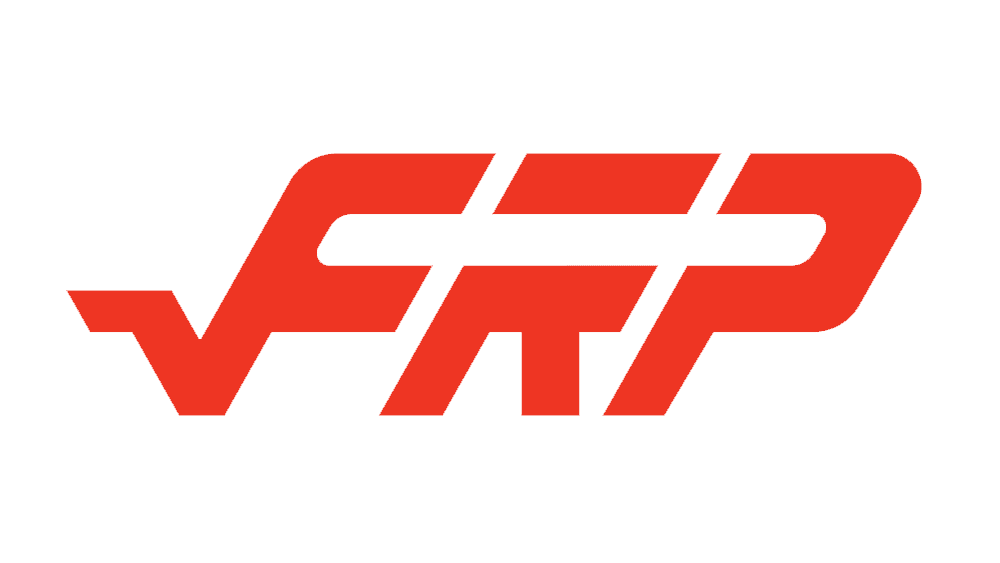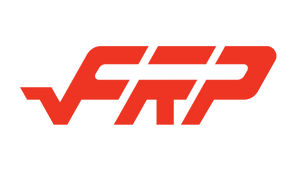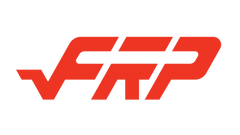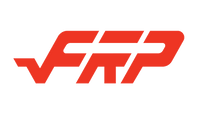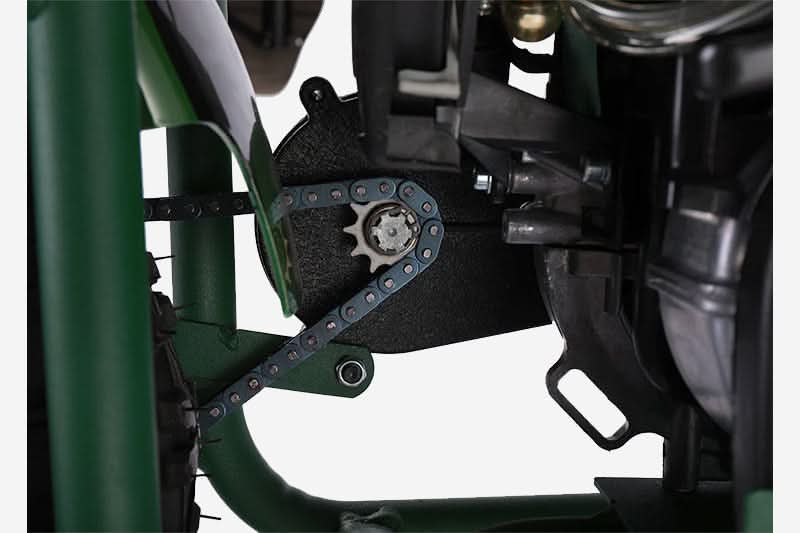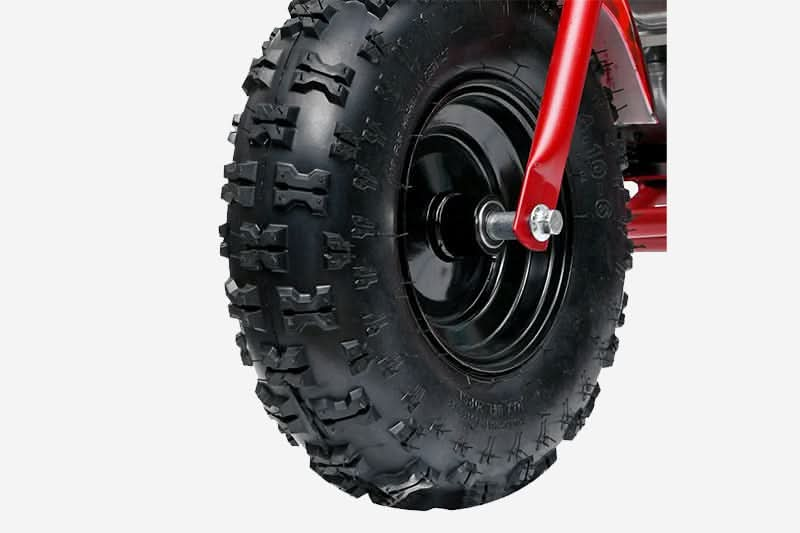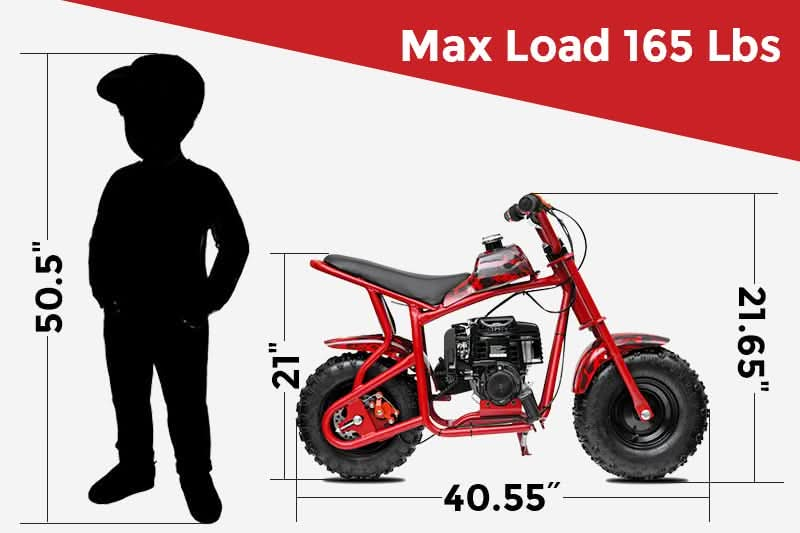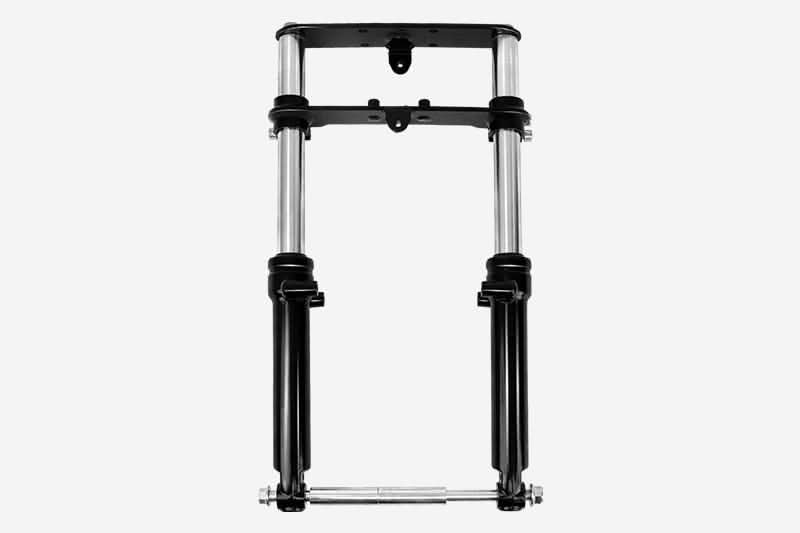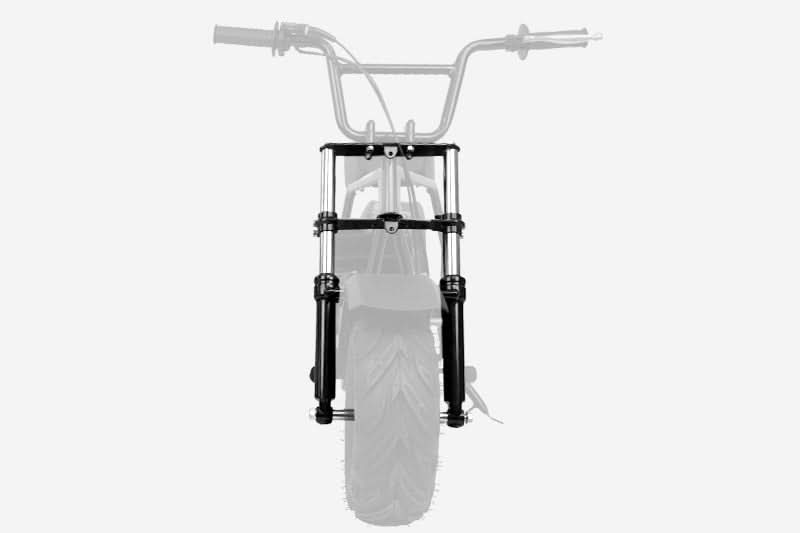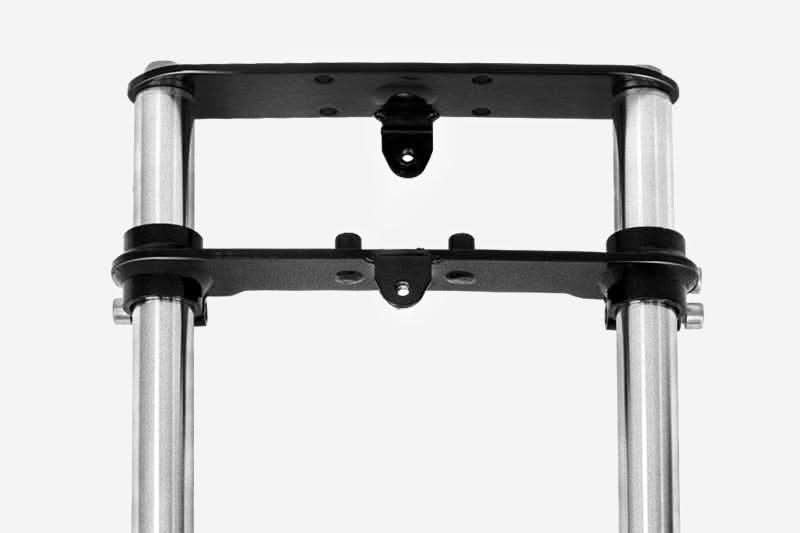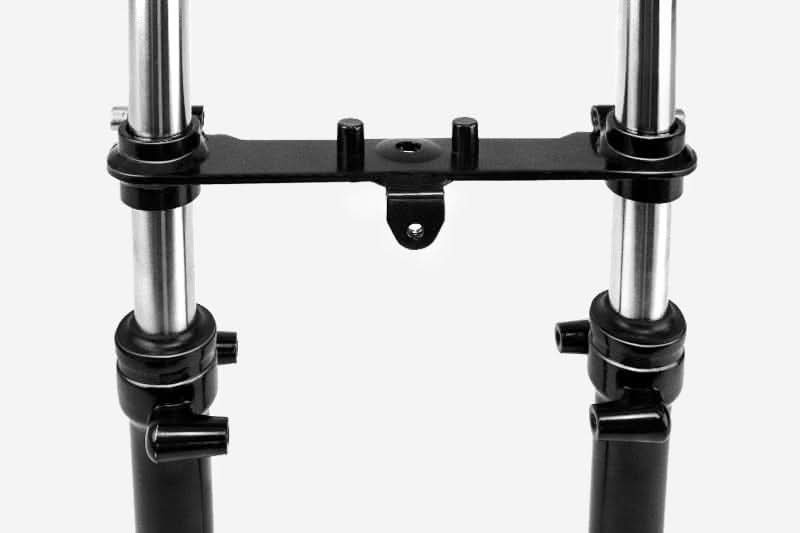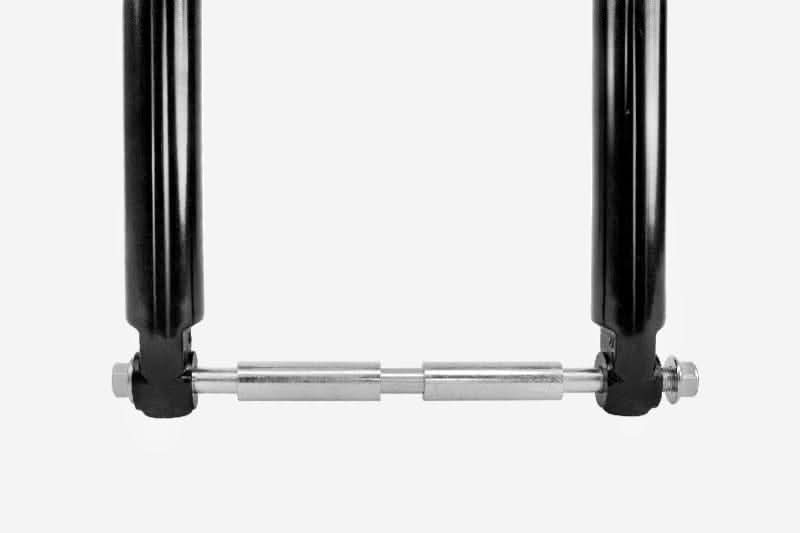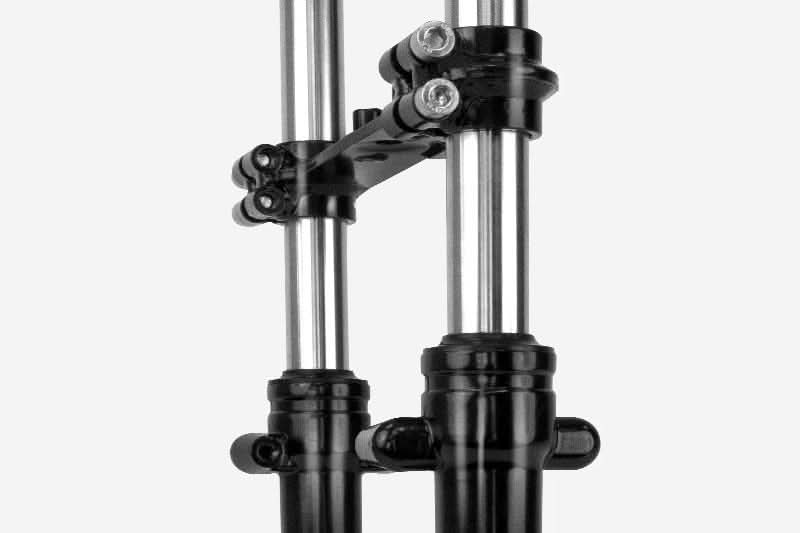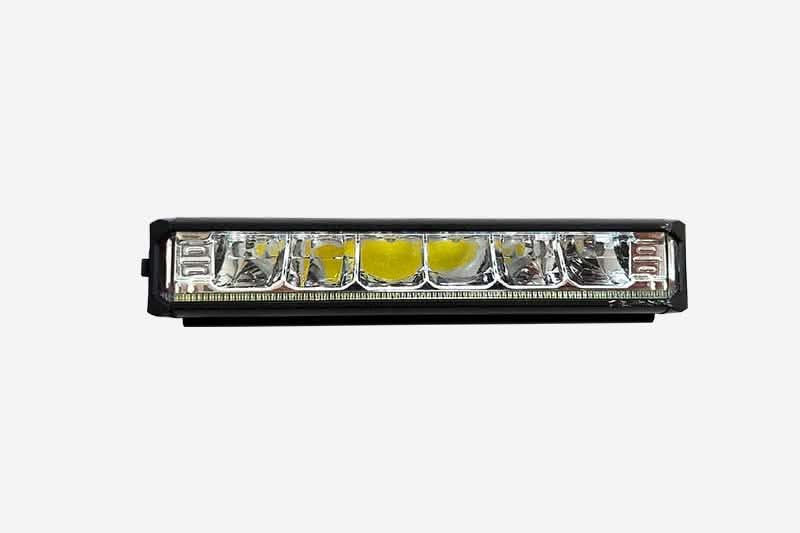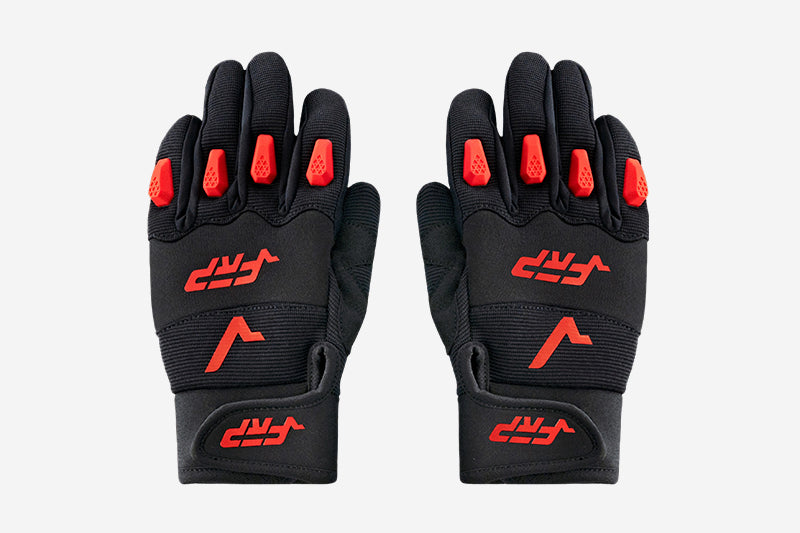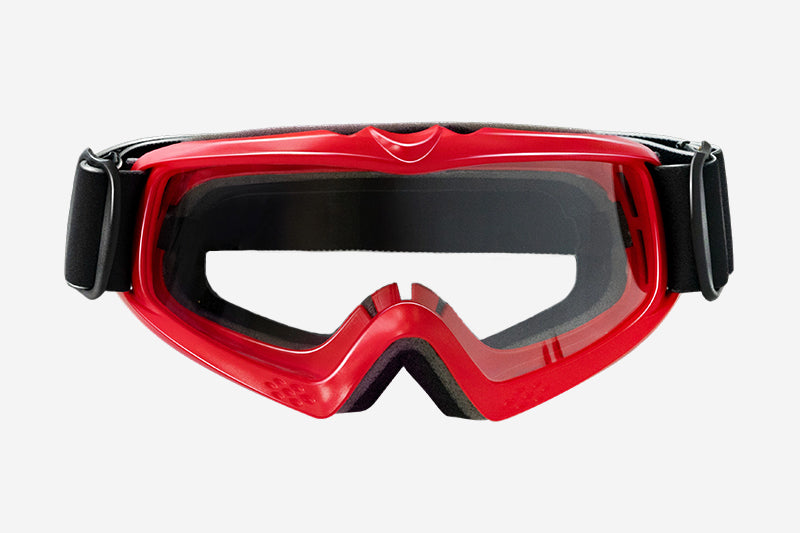Spring Riding Prep: Getting Your Powersports Vehicle Ready After Winter
Spring is the perfect time to bring your powersports vehicle back to life. Whether you own a frp mini bike, a mini bike, a kids atv gas powered, or a pit bike, getting it ready after months of winter storage is key to a fun and safe riding season.
Cold temperatures, moisture, and sitting still for weeks can cause problems in different systems. Batteries weaken. Tires lose air. Fuel goes bad. Even the chain can rust.
A full spring prep ensures everything works well. It keeps your rides safe, smooth, and ready to go. With FRP’s reliable models like the GMB100, Sahara 40, and Ogemaw 40, this checklist will help you get back on track without surprises.
1. Comprehensive Post-Winter Inspection Process
Start by doing a full check of your vehicle’s exterior and systems. Look closely for any signs of damage caused by cold weather or long-term storage.
Frame and Structural Parts
Inspect the frame for cracks, dents, or signs of stress. For the frp mini bike and pit bike, focus on weld joints, especially near the foot pegs and handlebars. Make sure the chain guard is firmly attached. On a kids atv gas powered, check for plastic panel warping or bolt loosening.
Rust and Corrosion
Salt or moisture from storage can cause rust. Check the chain, foot pegs, brake rotors, and muffler. Remove rust using a wire brush and apply a rust prevention spray.
Tires and Pressure
Tire condition is crucial. Look for cracks in the rubber and check the tread depth. Reinflate tires based on the model:
● Ogemaw 40: 10-inch tires
● GMB100: 13-inch tires
● Sahara 40: 12.6-inch tires
Tires should be replaced if sidewalls are cracked or tread is uneven. This is especially important for a mini bike used off-road where grip matters most.
Controls and Moving Parts
Test the throttle, brakes, and clutch lever. They should move smoothly and snap back when released. Tighten any loose bolts and replace worn grips.
Create a Checklist
Use a model-specific inspection sheet to mark issues. Note problems like battery issues, rusted chains, or leaking shocks. Based on the urgency of each issue, plan a maintenance timeline.
2. Fuel System Revival After Winter Storage
Old fuel can clog parts of the engine and stop your ride from starting.
Drain and Clean the Tank
If fuel was left in the tank during storage, drain it out. Use clean, fresh fuel. FRP models have different tank sizes:
● GMB100: 0.36 gallons
● Ogemaw 40: 0.26 gallons
● Sahara 40: 1 gallon
Rinse the inside of the tank with fuel cleaner and check for debris.
Fuel Lines and Filters
Inspect the fuel line for cracks, hardness, or leaks. Replace if needed. Clean the inline fuel filter or install a new one. This is essential on a kids atv gas powered, where clogged filters often cause starting problems.
Carburetor Inspection
Remove the carburetor and clean jets with carb cleaner. Adjust the idle screw and float level to match manufacturer specs. If your mini bike stumbles or stalls, this could fix it.
Prevent Future Problems
Add a fuel stabilizer before winter storage next time. This keeps gas from breaking down and clogging parts.
Test Fuel Delivery
After everything is clean and connected, start the engine and let it idle for a few minutes. Check for leaks and proper fuel flow.
3. Battery and Electrical System Care
Power issues are one of the most common spring problems.
Battery Health
Test your battery with a voltmeter. A healthy battery should read around 12.6 volts. If it drops below 12 volts, it may need charging. If it still drops after charging, replace it.
Clean Terminals
Corrosion on the terminals can cause weak connections. Remove the battery and clean terminals using a mix of water and baking soda. Dry them and apply dielectric grease.
Inspect Wires
Cold temperatures can crack insulation. Check wires running to the starter, kill switch, and lights. GMB100 has LED headlights—make sure they’re working.
Safety Features
All FRP models come with emergency kill switches. Test them to make sure the engine shuts off immediately when activated. A working kill switch is a must for a pit bike or mini bike when kids are riding.
4. Engine and Mechanical Systems Preparation
The engine is the core of every ride. Let’s make sure it’s ready.
Oil Change
Drain old oil and add fresh 4-stroke engine oil.
● Ogemaw 40 and Sahara 40: 40cc engine
● GMB100: 99cc engine
Don’t skip this. Old oil loses its ability to protect engine parts.

Air Filter
Remove the air filter and tap out dirt. If it’s too dirty, replace it. Clean filters help the engine breathe better.
Spark Plug Check
Remove the spark plug. Clean it and check the gap. Replace if the tip is black or cracked.
Valve Adjustment
If your frp mini bike has a noisy engine or hard starts, adjusting the valves may help. This task is best done using the manual or with help from a mechanic.
Chain and Drive System
Inspect the chain for rust or looseness. Lubricate it well and check sprockets for wear. Adjust the tension until there’s about half an inch of slack. A well-maintained chain ensures smooth power delivery, especially in off-road models like the pit bike.
5. Suspension and Steering Systems
A smooth ride depends on working shocks and tight steering.
Fork Oil and Shocks
Over time, fork oil breaks down. Replace fork oil to restore performance. Check both front and rear shocks for leaks. Compress and release them to test for bounce or stiffness.
Bushings and Bearings
Check suspension bushings and steering bearings. Worn bushings can cause wobble. Lubricate or replace as needed.
Weight Settings
Adjust preload to suit rider weight:
● Ogemaw 40: up to 132 lbs
● GMB100: up to 220 lbs
● Sahara 40: up to 160 lbs
Handlebar and Cables
Inspect cables for frays or binding. Make sure the handlebars are centered. Tighten all bolts.
For a young rider using a kids atv gas powered, smooth steering and responsive controls are essential for safety.
6. Brake System Safety Check
Good brakes mean safe riding. Always check them before your first ride.
Pads and Rotors
Check pad thickness. If they’re under 2mm, replace them.
● Ogemaw 40 has dual disc brakes.
● GMB100 has a single rear disc.
Fluid and Lines
Check brake fluid. Replace if it looks dirty or dark. Inspect brake lines for cracking or leaks.
Bleed the System
Bleed the brakes to remove air bubbles. This ensures firm lever feel.
Performance Test
Test the brakes:
● Ogemaw 40: 20 mph
● GMB100: 24 mph
● Sahara 40: 18 mph
Use a safe open area to check braking force. Break in new pads for better performance.

7. Tire and Wheel Maintenance
Tires connect your machine to the ground. They must be safe and strong.
Tire Condition
Look for cracks, flat spots, or worn tread. Replace tires if they look unsafe.
Proper PSI
Inflate tires to correct pressure:
● Sahara 40: 4.10-6 off-road tires need higher PSI for dirt
Wheel Bearings
Lift each wheel and spin it. If it feels rough or makes noise, replace the bearings.
Alignment and Balance
Check wheel alignment and balance to avoid wobbling. A misaligned tire can cause poor handling in your frp mini bike.
Pack Emergency Gear
Bring a spare tube, patch kit, and air pump. Also pack a toolkit with screwdrivers, wrenches, and spark plug socket.
8. Final Safety Checks and Test Procedures
Before hitting the trails, complete your final safety checks.
Full Function Test
Start the engine. Test all controls. Check the kill switch, lights, and horn.
Ride Slowly First
Take a short ride around the block or yard. Listen for noises. Feel for vibrations or loose parts.
Break-In Tips
If you replaced parts like brakes or chains, ride gently for the first 30 minutes. Let everything settle.
Final Adjustments
After your test ride, re-check bolts, chain slack, and control feel. Make small adjustments if needed. Each mini bike and pit bike handles a little differently. A few tweaks can improve the experience.
Conclusion
Spring prep sets the tone for the season. Whether you own a kids atv gas powered, mini bike, or frp mini bike, each model needs care to perform its best. Use this checklist to guide your steps:
● Inspect every part
● Clean and test systems
● Replace what’s worn
● Ride and adjust
Stick to a monthly maintenance plan. Always do a quick safety check before rides. And don’t forget your helmet and gloves. For more riding tips and product updates, visit FRP Moto.
Let’s make this spring your best riding season yet!
